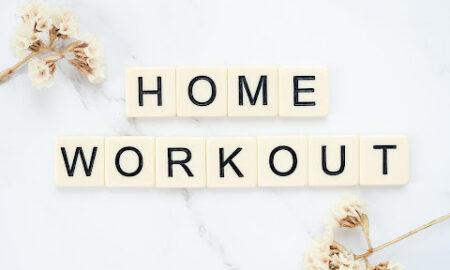Q: I’ve been training for a few years, but I still don’t have even 15-inch arms, let alone the 17-inch-plus ones I want. I need to crank up my arm training. Should I do the one-handed cable curl freestyle or on a preacher curl bench?
A: Neither. Genetic supermen may benefit from such a frills exercise but not typical guys. At your stage stick with a basic barbell or dumbbell curl and nothing else for your biceps. Rather than overtrain them with multiple exercises, focus your limited time and energy on the big moves, which will make a real difference to your bodybuilding.
The fact that I’m asked more questions about biceps exercises than I am about squats, deadlifts, dips and chinups combined says much about the misplaced priorities of too many bodybuilders. If you straighten out your priorities, not only will you make better progress on your thighs, back, shoulders and chest, but your biceps will progress better too.
Q: Should I get myself a training partner?
A: A good training partner, yes; but any other kind will hinder your progress. Don’t be discouraged if it’s currently impossible for you to have hands-on help like that, but a good training partner is usually a big advantage.
Effective training has to be intensive, and intensive training is difficult to deliver on a consistent basis without a taskmaster to urge you on. Most bodybuilders have experienced the occasional workout when, unexpectedly and for only the one workout, someone got involved during part or all of a training session. That person may have spotted you on an exercise or worked in with you on a few exercises, or someone you wanted to impress was watching you. As a result you did more reps than you normally would on each set, or you did the same reps with a bit more weight than you’d planned. You really produced for that workout. A training partner can make you deliver like that on a regular basis and can speed your progress dramatically.
Successful training isn’t just about effort. It’s about how you apply it. While a good training partner pushes you all the way and alerts you to form imperfections that creep in—and that you must cut out—he or she is also there to spot you. That will give you the confidence and security to keep pushing when the reps get tough.
The usual way of training with a partner is to alternate sets—especially if your routines are identical or very similar—with each of you taking turns at supervising.
As you get to know gym members, you may find someone you can work with. Publicize your search for a training partner using the gym’s notice board, and perhaps ask around.
It’s not necessary that you have approximately the same level of strength or use the exact same sequence of exercises. What matters most is that you have a similar training philosophy and degree of commitment, you get along with each other, and you’re both punctual for workouts. You also need similar recovery abilities so that you can agree on a suitable training frequency.
That said, don’t let anyone push you to train before you’ve fully recovered from your previous session. Don’t let any partner make you perform exercises in ways that don’t suit you or add unplanned exercises to your program or abuse the concept of forced reps and negatives.
While recognizing the value of a good training partner, you can still train well by yourself. There will be times when you have to train alone. Don’t always depend on another person to get in a good workout.
Q: I want a lat spread like that of the pros. Can I achieve it in a home gym with just basic equipment, or do I need to go to a big gym with lots of machines?
A: The first thing you’d need is the pros’ astonishing genetic potential for lat development. You’re highly unlikely to have that. The pros, by the way, compound their huge natural advantages by using bodybuilding drugs.
What you can do is develop the potential that you have inherited. Just do it safely—drug-free. You must train in a way appropriate for you, not in a way appropriate for the pros because of their freaky genetics and drug assistance.
Training in a small home gym—assuming that you have a basic set of free weights, squat stands or a power rack, a bench, an overhead bar for chinups and pullups and parallel bars for dips—can do a terrific job provided you know what you’re doing and if you truly train hard, briefly and with gradually heavier and heavier poundages. To be able to do all of that and develop muscle, of course, you must fully satisfy all the components of recuperation. Cutting corners outside the gym will undermine what you do inside.
Let’s say you’re training at the best-equipped gym in the galaxy. If you don’t use that equipment properly for routines that are appropriate for you, you won’t realize your potential in any bodypart. Working out in a basics-only gym makes your training a brief, hard but simple issue because so many fewer distractions and temptations show up there than in a big-deal-equipment venue.
—Stuart McRobert
www.Hardgainer.com
Editor’s note: Stuart McRobert’s first byline in IRON MAN appeared in 1981. He’s the author of the 638-page opus on bodybuilding Build Muscle, Lose Fat, Look Great, available from Home Gym Warehouse (800) 447-0008 or www.Home-Gym.com




















You must be logged in to post a comment Login